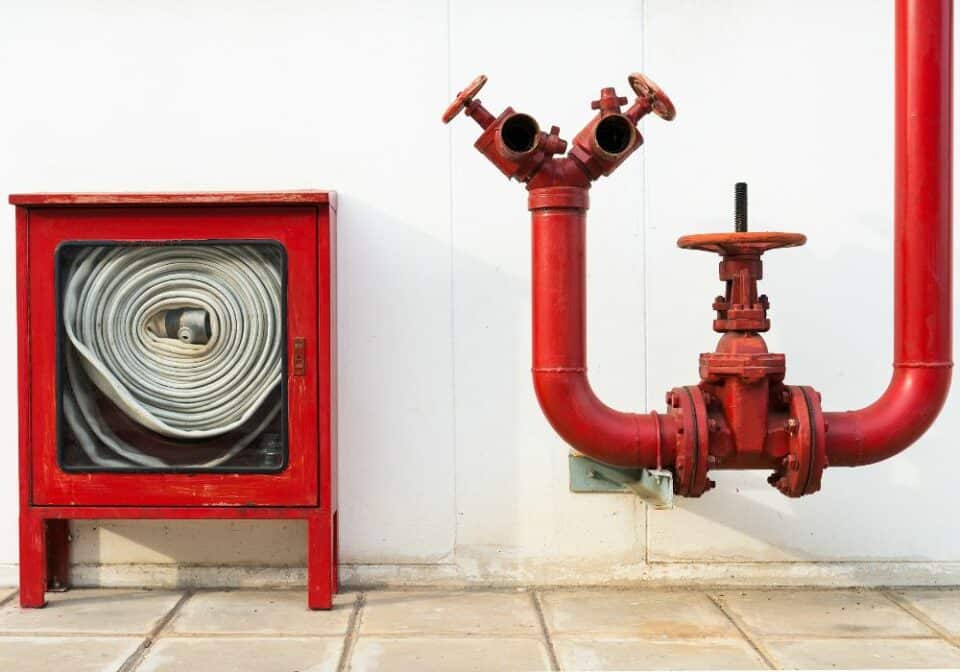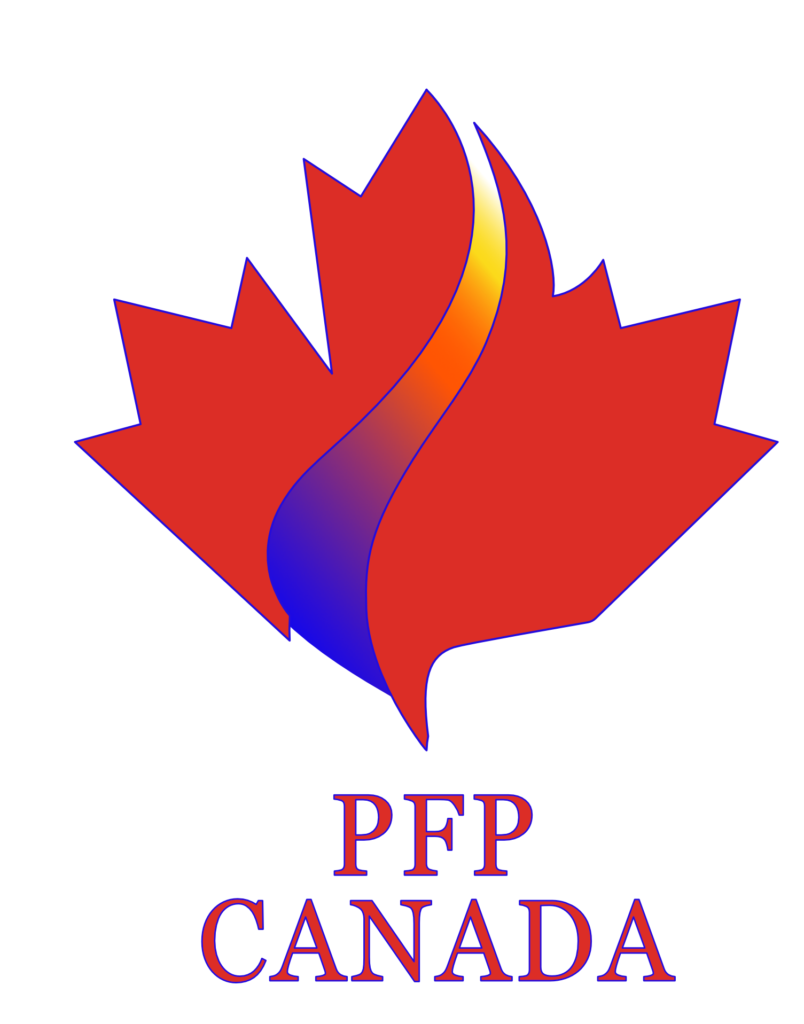Ensuring Fire Safety: Inspection, Testing and Maintenance of Standpipe and Hose Systems
Fire safety is a critical aspect of building management, and standpipe and hose systems play a crucial role in ensuring effective firefighting capabilities. The National Fire Protection Association (NFPA) standards outlines a detailed plan for the inspection, testing, and maintenance of these systems. In this blog post, we’ll focus on the required inspection procedures for various components.

Key Inspection Requirements
Annual Visual Inspection of Components: Components of standpipe and hose systems, such as control valves, pressure-regulating devices, and piping, must undergo a visual inspection annually. The frequency is determined by the guidelines outlined by NFPA guidelines, ensuring that these vital elements are free from damage or conditions that might hinder system operation.
Quarterly Inspection of Gauges: Gauges on automatic wet and semiautomatic dry standpipe systems require quarterly inspections. This ensures that the gauges are in good condition and that the normal water supply pressure is being maintained. For gauges on automatic dry standpipe systems, a weekly inspection is necessary.
Additional Gauge Inspections: For automatic dry standpipe systems, gauges must be inspected weekly to ensure the maintenance of normal air or nitrogen and water pressure. If air pressure supervision is connected to a constantly attended location, monthly inspections are required.
Hydraulic Design Information Sign Inspection: The hydraulic design information sign for standpipe systems must be inspected annually to verify its presence, secure attachment, and legibility. If missing or illegible, the sign should be promptly replaced. In cases where the standpipe system was not sized by hydraulic design, a specific sign indicating “Pipe Schedule System” should be present.
Regular inspection of standpipe and hose systems is a crucial aspect of maintaining fire safety in buildings. Following the guidelines outlined ensures that components are in good condition, gauges are accurate, and all essential information is readily available. This proactive approach to inspection, testing, and maintenance is vital for the reliability and effectiveness of standpipe and hose systems in the event of a fire emergency.
